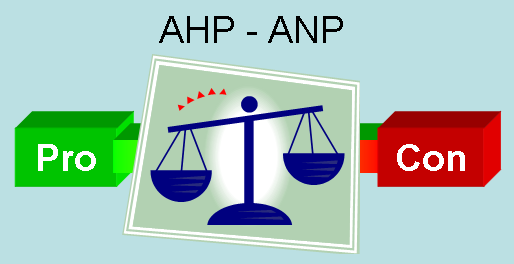Q: I read in some texts that a consistency ratio (actually inconsistency ratio) of less than 0.1 (10%) is good. I am not sure if your consistency ratio is a consistency ratio (i.e. the higher the percentage of the CR, the better and the more consistent the results are) vs inconsistency ratio (i.e. the consistency ratio percentage in your spreadsheet should be less in order to be more consistent).
Can you please let me know if a lower of higher percentage of the consistency ratio reflects a better more consistent response? Also, how important is the CR in the interpretation of results? If two consecutive rounds of solicited info yields very similar results, would that be acceptable even if the consistency ratio may not be good?
A: The CR in my spreadsheet is exactly the same you can find in the literature. A value less than 0.1 (10%) is good, but the threshold of 0.1 is a rule of thumb . Lower values are better than higher values, but values above 0.1 can be acceptable. It depends on the nature of your project. When you process the inputs from a group (several participants), it happens that individual CRs are above 10%, but the consolidated matrix CR is ok. Please read also my comment here.
 The analytic hierarchy (AHP) and analytic network process (ANP) are two multi-criteria decision methods (MCDM), originally developed by Prof. Thomas L. Saaty.
The analytic hierarchy (AHP) and analytic network process (ANP) are two multi-criteria decision methods (MCDM), originally developed by Prof. Thomas L. Saaty.